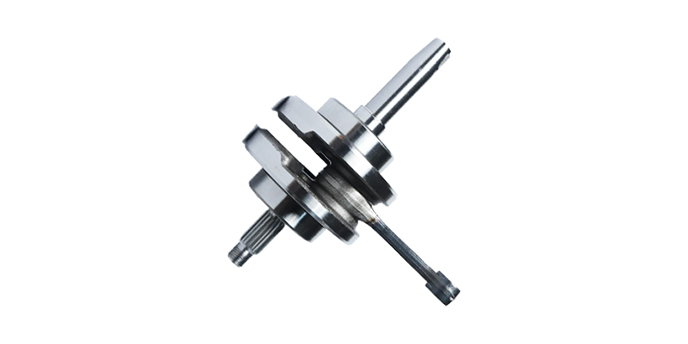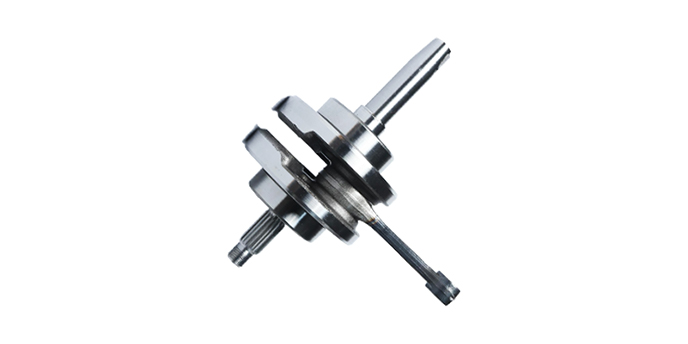- Contact Innally, Let you purchase forgings in China more favorable prices, products more assured!
- Hotline:+(86)15038323776 Email:innally@innally.com
What is locomotive crank shaft forging?
- Category: Locomotive forging, Steel forgings
- |
- Date: 17/08/2023
Locomotive crankshaft forgings are usually made of high-quality alloy steel materials with high strength, wear resistance and durability.
- Can be customized according to the specific model
Product Details
Locomotive crank shaft forging is an important part of diesel locomotive engine, it assumes the key function of converting piston motion into rotary motion. In the working process of the internal combustion engine, the crank shaft forging plays a key transmission role, which converts the up and down reciprocating movement of the piston into the rotating movement that generates the driving force.
Locomotive crankshaft forgings are usually made of high-quality alloy steel materials with high strength, wear resistance and durability. Because the working environment of diesel locomotive engine is complicated, the requirement of crankshaft forging is also high. It needs to be able to withstand the huge workload from the high pressure and high temperature environment of the engine, while having a certain tensile strength and fatigue resistance.

In order to ensure the quality and stable performance of locomotive crank shaft forging, it is necessary to go through the precise forging process and heat treatment process in the manufacturing process. These processes ensure that the forgings have stable hardness, tensile strength and fatigue resistance, thus ensuring reliable operation under long-term high load operating conditions.
Locomotive crankshaft forgings also need to go through a precision machining process to ensure the accuracy of geometric dimensions and surface finish. This improves transmission efficiency and stability, reduces energy loss, and reduces engine fuel consumption.
In addition, the locomotive crankshaft forgings are specially treated for excellent wear resistance. Under high speed rotation and heavy load conditions, locomotive crank shaft forgings can maintain stability, extend service life and reduce maintenance costs.
In summary, locomotive crankshaft forgings are crucial parts in diesel locomotive engines, which realize the power output of the engine by converting piston motion into rotary motion. Its characteristics of high strength, wear resistance and durability, as well as the application of precision machining and surface treatment technology, make the locomotive crank shaft forging can run stably in a complex working environment, and provide a solid support for the normal work and efficient operation of the locomotive.
ayu
INNALLY mainly provides you with various types of cast and forged parts products. Welcome your inquiries! innally@innally.com
Search
Forging center
- Steel forgings
- Aluminium alloy forging
- Titanium alloy forging
- Stainless steel forging
- Copper forging
- Automotive forgings
- Locomotive forging
- Bicycle forgings
- Motorcycle forging
- Rigging and fasteners
- Bearing forging
- Electric power fittings
- Marine forging
- Mechanical forgings for metalworking
- Mining machinery forgings
- Marine engineering forgings
- Construction machinery forgings
Popular product

© 2025. All Rights Reserved.







